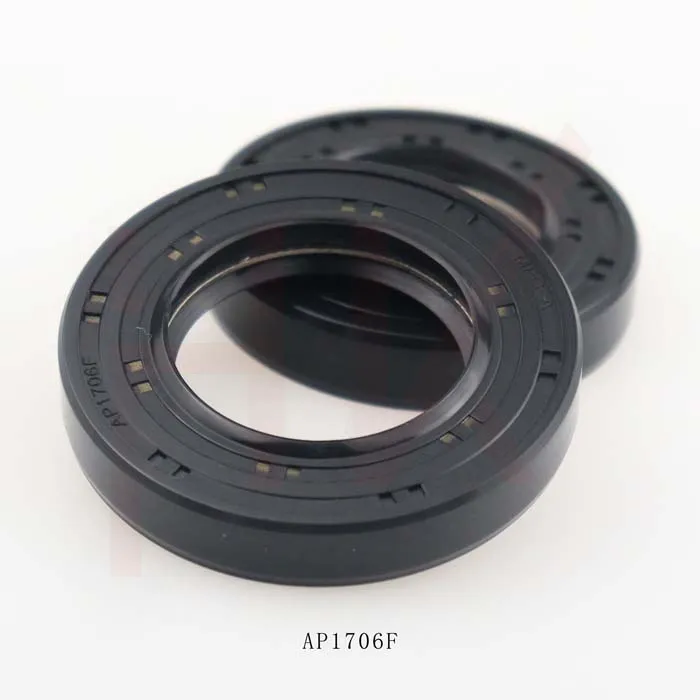Januari . 02, 2025 12:47 Back to list
seals and wipers
Seals and Wipers Essential Components of Machinery and Vehicles
In the world of machinery and automotive engineering, two components that often receive less attention than they deserve are seals and wipers. These components play a crucial role in ensuring the efficiency, safety, and longevity of various mechanical systems. Understanding their functions, types, and maintenance can lead to better performance and reduced operational costs.
What are Seals?
Seals are devices used to prevent the leakage of fluids or gases between stationary and moving parts in machinery. They are essential in applications ranging from automobiles to industrial equipment. Seals come in various shapes and materials, including rubber, silicone, and PTFE (polytetrafluoroethylene), each designed for specific temperature and pressure conditions.
The primary function of seals is to maintain the integrity of pressure boundaries, ensuring that lubricants stay within the system while preventing contaminants from entering. For instance, engine seals keep oil in place while also preventing dirt and debris from interfering with engine operation. In hydraulic systems, seals are crucial to maintaining pressure and efficiency, enabling smooth machinery operation.
Types of Seals
There are several types of seals, each serving different applications. Among the most common types are
1. O-Rings These circular seals are prevalent in many industries, used to provide a tight seal against a range of fluids.
2. Gaskets Often used in conjunction with flanged connections, gaskets are flat seals that fill the space between two surfaces to prevent leakage.
3. Mechanical Seals Typically used in rotating equipment, these seals prevent fluid leakage along the shaft of equipment such as pumps and compressors.
4. Lip Seals These seals incorporate a flexible lip that conforms to the surface, effectively keeping lubricants in and contaminants out.
seals and wipers

What are Wipers?
Wipers, on the other hand, are devices specifically designed to clean surfaces and prevent debris buildup. In automotive applications, they are commonly found in windshield wiper systems, where flexible blades remove water and dirt from the windshield to ensure clear visibility. However, wipers are also crucial in industrial machinery, where they clean the rods of cylinders and other moving parts, maintaining operational integrity.
The primary role of wipers is to protect seals from external contaminants that can lead to premature wear. By ensuring that the surface remains clean, wipers contribute significantly to the longevity of seals, ultimately enhancing the performance of the entire system.
Types of Wipers
Similar to seals, wipers come in various forms depending on their application
1. Windshield Wipers These are the most common type, typically made from rubber and designed to remove rain and debris from vehicle windshields.
2. Rod Wipers Found in hydraulic cylinders, rod wipers clean the rod as it exits the cylinder, preventing contaminants from entering the system.
3. Flat Wipers Used in various machinery, these wipers serve similar functions to rod wipers but are designed for flat surfaces.
4. Scrapers These wipers are used to remove bulk debris from surfaces, preventing build-up that could lead to damage or malfunction.
Maintenance and Importance
Regular maintenance of seals and wipers is critical to the performance and reliability of any machinery or vehicle. Checkups should include inspections for wear, cracks, or deformation, which can indicate the need for replacement. Proper lubrication is also vital for minimizing friction and wear on seals, enhancing their lifespan.
In summary, seals and wipers may not be the most glamorous components of machinery and vehicles, but they are fundamental to their smooth functioning. By understanding their importance and maintaining them diligently, manufacturers and vehicle owners can ensure optimal performance and longevity of their equipment. Ignoring these components can lead to significant operational costs and safety issues, underscoring the need for awareness and proactive maintenance in engineering practices.
-
The Trans-formative Journey of Wheel Hub Oil Seals
NewsJun.06,2025
-
Graphene-Enhanced Oil Seals: Revolutionizing High-Pressure Oil Sealing
NewsJun.06,2025
-
Future of Hydraulic Sealing: Advanced Intelligent TCN Oil Seals
NewsJun.06,2025
-
Don’t Let a Broken TCV Oil Seal Ruin Your Day
NewsJun.06,2025
-
Bio-Inspired Dust Seals for Better Sealing Performance
NewsJun.06,2025
-
Biodegradable and Sustainable Hydraulic Seal Materials
NewsJun.06,2025
-
Top Oil Seal Solutions for Your Industrial Needs
NewsMay.22,2025
Products categories
















